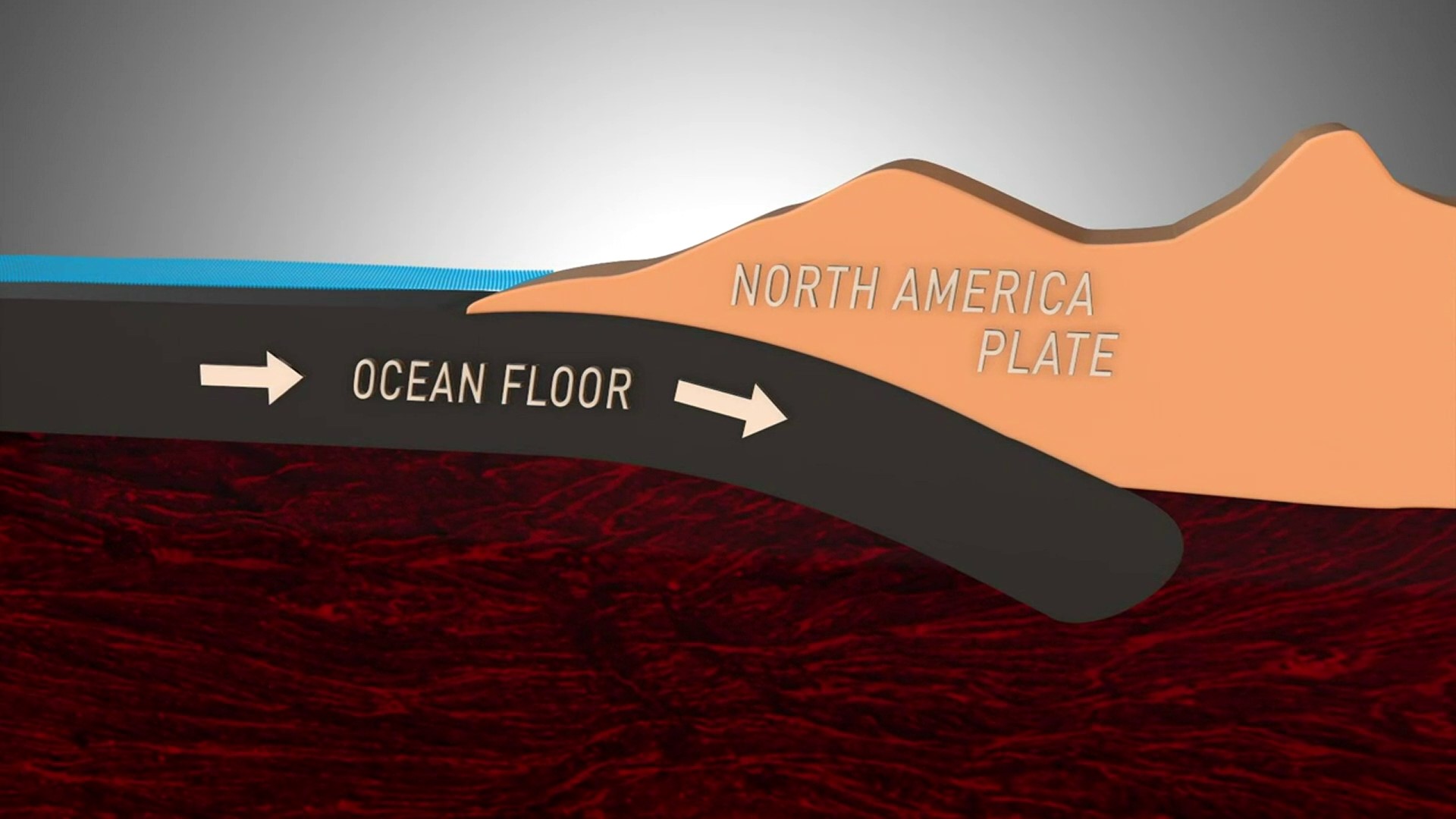A multi-million dollar warning system designed to buy the Pacific Northwest time in an earthquake is installed and tested, but there is a shortage of money to teach people how to use it.
It's called the Earthquake Early Warning system (EEW), also known as Shake Alert. Network seismometers detect the first wave from an earthquake. The signals are quickly analyzed by computers and, depending on your location relative to that earthquake, you find out how many seconds you have before the violent shaking waves reach you.
If you're on top of the earthquake's epicenter, there would be no practical warning. The further away you are, the warning could range from a few seconds to a minute or more. A few seconds would be enough time to dive under a desk. Longer would allow a train to slow down or an assembly line to stop.
The emergency management departments for Washington and Oregon, along with the Cascadia Region Earthquake Workgroup, released a strategy for public education and training of the system Thursday. But there is no money allocated to do that. The cost is estimated between $500,000 and $1.2 million for both states -- a small percentage relative to the tens of millions spent building out the system.
"There is some frustration on our part in emergency management," said Maximilian Dixon, Earthquake Program Manager for the Washington Emergency Management Division.
"It's basically funding the Shake Alert technical side," Dixon said of the millions already spent. "But there's no funding put aside for actual educational training and outreach for the end users and the public on what they need to do to protect themselves, and how they use this system."
Dixon says California was able to cover its end with state funding. In Washington, he says some money could come from Federal earthquake programs, the state, or even private corporate funds.
"Without additional funding, implementation of this strategy and EEW is in jeopardy," the report says. It goes on to say "...lack of funding as the most significant obstacle to EEW's success."
Some highlights included evaluating the effectiveness of Shake Alert warnings saying the future of Earthquake Early Warning needs to be "an integrated part of preparedness culture in the U.S."
The good news for lawmakers is that some technical glitches have put the launch of Shake Alert behind schedule, buying them time to find the money.



